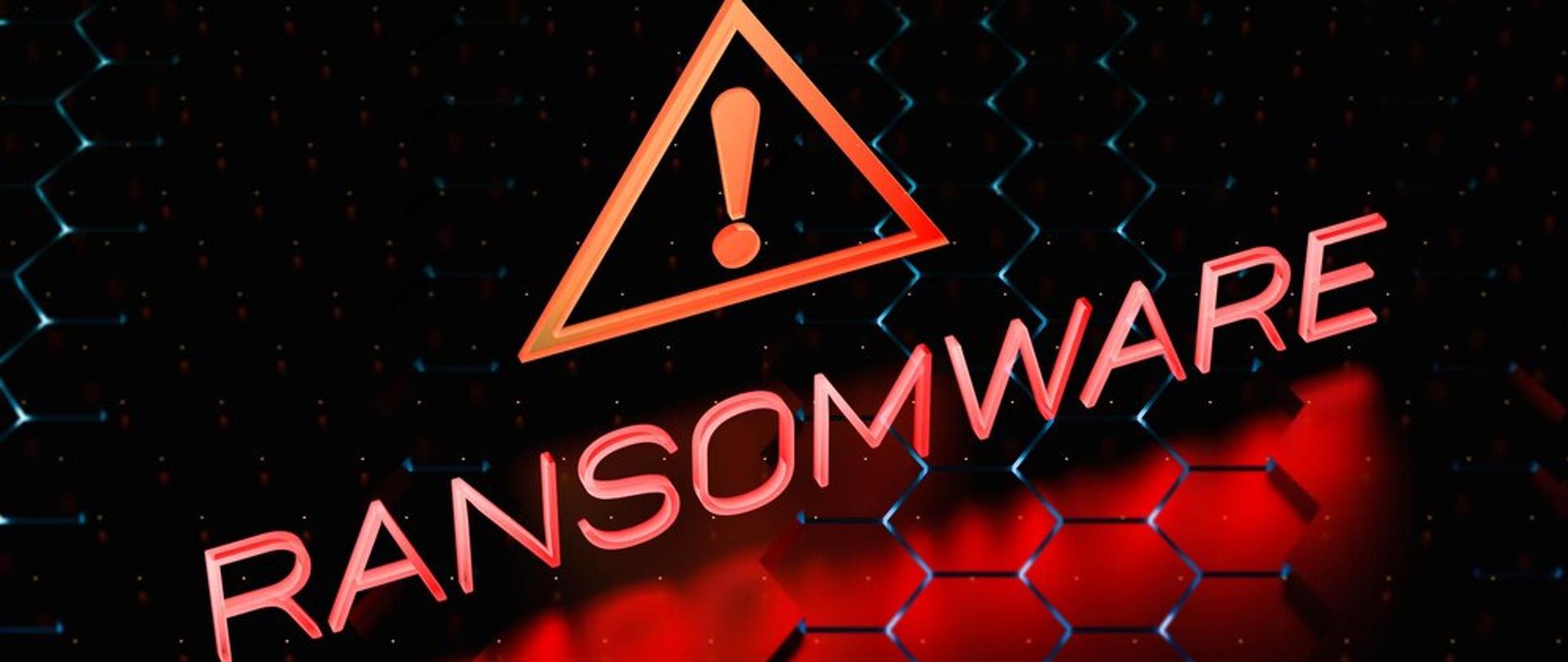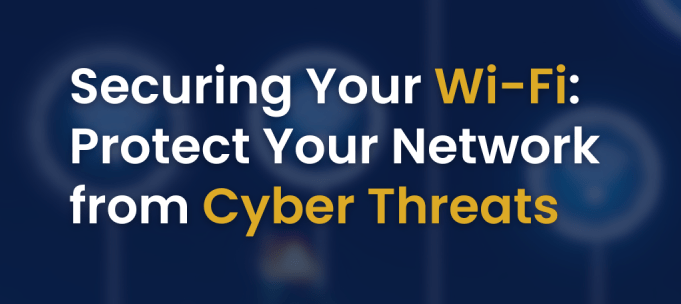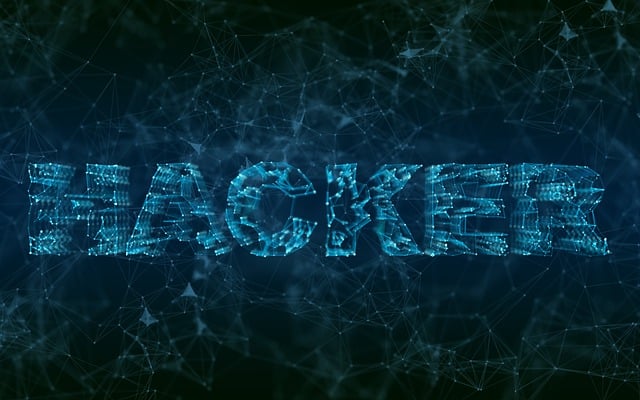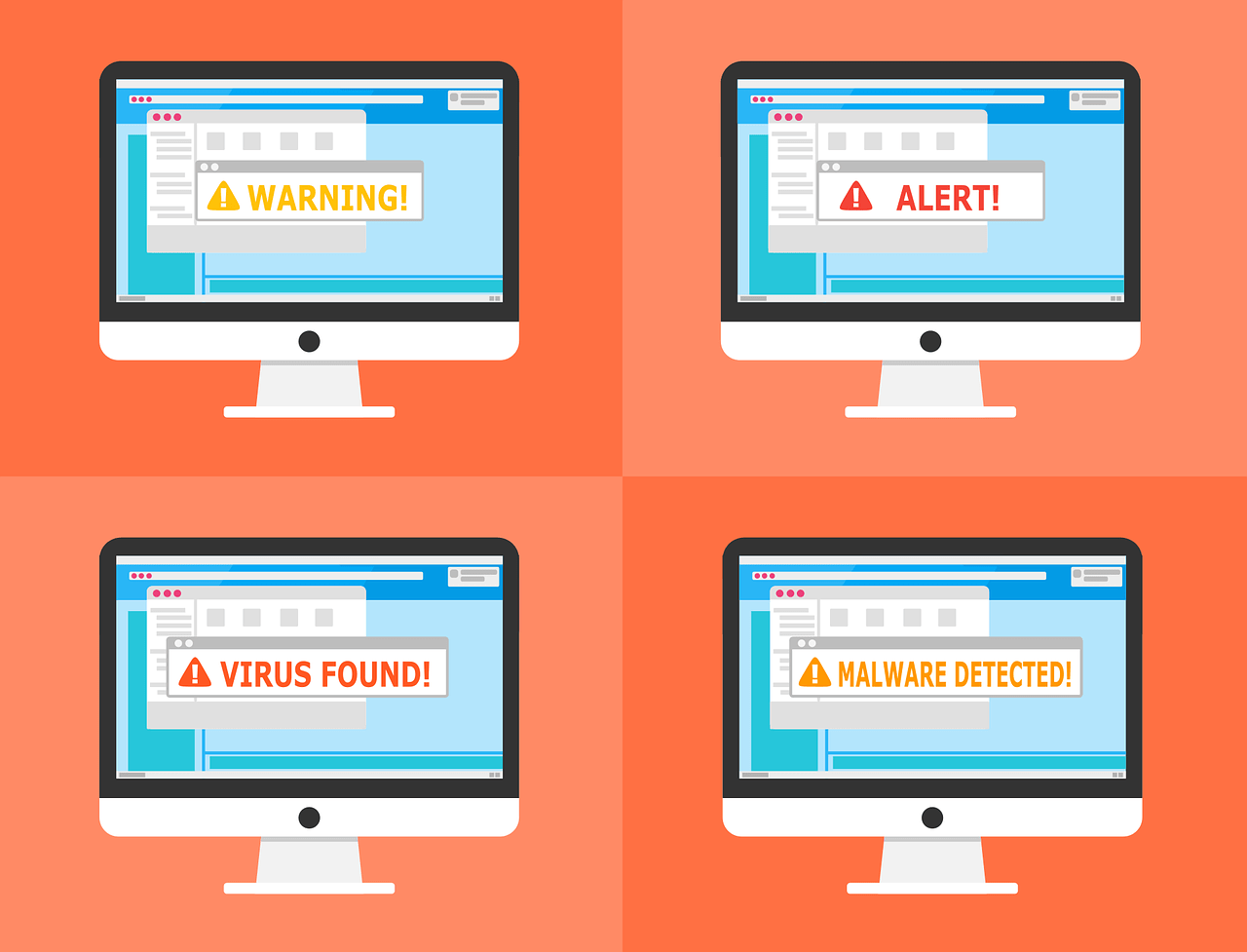Ransomware attacks are a growing threat, and small businesses are often prime targets. Cybercriminals know smaller organizations usually have fewer resources for cybersecurity, making them easier prey. But don’t panic—by taking a few essential steps, you can significantly reduce your risk of falling victim to ransomware.
Let’s break down the top seven ransomware prevention strategies every small business should follow.
1. Back Up Your Data Regularly
Ransomware locks access to your files and demands payment to release them. Regular backups ensure you have clean copies of your data. Without reliable backups, your business could face days, weeks, or even months of downtime, resulting in lost revenue, damaged reputation, and frustrated customers. Backups serve as your safety net, allowing you to restore systems quickly without negotiating with cybercriminals.
Best Practices for Backups:
- Follow the 3-2-1 Rule: Keep 3 copies of your data, store them on 2 different media types, and have 1 offsite copy. This rule minimizes the risk of losing all your data due to hardware failure, cyberattacks, or natural disasters.
- Automate Backups: Use software to schedule regular backups. Manual backups are prone to human error, while automated systems ensure consistency and reliability.
- Test Restores: Regularly test your backup system to ensure you can recover files. A backup is useless if it can’t be restored successfully. Simulate real-world recovery scenarios to confirm your processes are effective.
- Encrypt Backups: Encrypt your backup data to prevent unauthorized access, especially when stored offsite or in the cloud.
- Store Backups Offline: Keep an air-gapped backup that isn’t directly accessible from your network.
Example Backup Script (Linux):
#!/bin/bash
# Daily Backup Script
backup_dir="/backup/$(date +%Y-%m-%d)"
mkdir -p "$backup_dir"
rsync -av /important_data/ "$backup_dir"Backups should be seen as an ongoing responsibility, not a one-time task. Regularly monitor and update your backup strategy to ensure it aligns with your business needs.
2. Keep Software and Systems Updated
Outdated software often contains vulnerabilities that ransomware exploits. Cybercriminals are constantly searching for weak spots in operating systems, third-party apps, and firmware to deploy ransomware payloads. Keeping your systems up-to-date prevents attackers from exploiting these vulnerabilities.
How to Stay Updated:
- Enable automatic updates on your operating systems. This ensures critical security patches are applied promptly without relying on manual intervention.
- Regularly update third-party applications. Cybercriminals often exploit vulnerabilities in widely-used software, such as office suites, browsers, and plugins.
- Replace unsupported hardware and software. Older devices and software no longer receive security updates, making them prime targets for attackers.
- Monitor updates and security advisories from trusted sources like the software vendors’ websites or cybersecurity organizations.
- Use vulnerability management tools to scan your systems regularly.
Example (Windows PowerShell Script for Updates):
Install-WindowsUpdate -AcceptAll -AutoRebootDelaying updates leaves your systems exposed to preventable attacks. Schedule regular maintenance windows to ensure all devices receive updates without disrupting daily operations.
3. Use Strong Endpoint Protection
Install antivirus and anti-malware software on all devices. Endpoint protection is your first line of defense against ransomware attacks, detecting and neutralizing threats before they can spread across your network. Cybercriminals often exploit unprotected endpoints, such as workstations, laptops, and mobile devices, to gain access to critical systems.
Key Features to Look For:
- Real-time scanning: Continuous monitoring of files and processes to identify malicious activities.
- Behavior-based threat detection: Detects ransomware based on suspicious behavior rather than relying solely on known signatures.
- Automatic updates: Ensures your antivirus software is always equipped with the latest threat definitions.
- Ransomware-specific protection: Some endpoint protection tools include dedicated anti-ransomware modules to prevent file encryption.
- Centralized Management Console: Allows administrators to monitor and respond to threats across all endpoints.
Additionally, use firewalls to monitor incoming and outgoing traffic. Firewalls act as a barrier between your internal network and external threats, blocking malicious traffic before it can cause harm.
Example Firewall Rule (Linux iptables):
iptables -A INPUT -p tcp --dport 22 -j DROPEndpoint protection should be deployed on every device, including servers, employee laptops, and mobile devices. Centralized management tools can simplify monitoring and ensure consistent protection across your network.
4. Implement Multi-Factor Authentication (MFA)
MFA adds an extra layer of security by requiring two or more forms of verification before granting access. Passwords alone are no longer sufficient protection, as they can be guessed, stolen, or leaked in data breaches. With MFA, even if an attacker obtains a password, they’ll still need a second form of verification.
Steps to Enable MFA:
- Enable MFA on email, VPNs, cloud services, and critical systems.
- Use an authenticator app (e.g., Google Authenticator or Authy) rather than SMS when possible, as SMS codes can be intercepted.
- Educate employees on MFA usage and encourage them to enable it on their personal accounts.
- Monitor MFA logs for signs of suspicious activity, such as repeated failed login attempts.
- Use hardware security keys for critical accounts.
Example (Azure MFA Setup via PowerShell):
Set-MsolUser -UserPrincipalName user@domain.com -StrongAuthenticationRequirement5. Perform Regular Security Audits
Security audits help identify vulnerabilities before attackers can exploit them.
- Conduct internal audits frequently.
- Hire third-party security experts for in-depth assessments.
- Regularly review user access permissions.
- Implement continuous monitoring tools to detect anomalies.
- Document and address findings promptly.
6. Secure Remote Access Tools
Remote desktop tools can be entry points for ransomware.
- Disable RDP (Remote Desktop Protocol) if it is not actively required for business operations. RDP is a common target for cybercriminals, as it allows remote access to systems, which can be exploited if not properly secured.
- Change the default RDP port (3389) to a non-standard port to reduce the likelihood of automated attacks.
- Use strong and complex passwords for RDP accounts to prevent brute-force attacks.
- Enable multi-factor authentication (MFA) for all RDP connections to add an additional layer of security.
- Restrict RDP access to specific IP addresses using firewall rules to limit exposure.
- Use a VPN (Virtual Private Network) to access RDP connections securely.
- Monitor RDP logs regularly for any signs of unauthorized access attempts.
- Disable clipboard and printer redirection in RDP settings to prevent data exfiltration during a compromise.
- Ensure that RDP sessions automatically log out after a set period of inactivity to reduce exposure time.
- Regularly audit RDP configurations to ensure they align with security best practices.
- Use VPNs with encryption.
- Enforce MFA for remote access.
- Limit access to only trusted IP addresses.
7. Have a Business Continuity Plan
A Business Continuity Plan (BCP) ensures that your organization can continue operating during and after a ransomware attack. Ransomware incidents can cause significant disruption, leading to financial loss, reputational damage, and operational paralysis. A robust continuity plan minimizes these impacts and ensures your team knows exactly how to respond.
Key Steps for Building a Business Continuity Plan:
- Identify Critical Systems and Data: Document all essential systems, applications, and data required to maintain business operations. Prioritize resources based on their importance.
- Define Roles and Responsibilities: Designate specific team members to handle communication, IT recovery, and incident response tasks. Ensure everyone understands their role.
- Create a Communication Plan: Develop a protocol for internal and external communication during a ransomware incident. Include key stakeholders, customers, and third-party partners.
- Develop Recovery Procedures: Document step-by-step recovery procedures for systems and data. Ensure backups are readily accessible and tested regularly.
- Establish Alternative Workflows: Plan for temporary alternatives if critical systems remain unavailable, such as using manual processes or alternate tools.
- Train and Educate Staff: Conduct regular training sessions to ensure employees understand the continuity plan and their role in an emergency.
- Test the Plan Regularly: Perform scheduled and surprise tests to identify weaknesses and improve your plan.
- Keep a Hard Copy Available: Ensure a printed version of the plan is available in case digital copies become inaccessible during an attack.
Example Business Continuity Plan Outline:
- Objective: Minimize disruption and financial loss during a ransomware attack.
- Scope: Critical systems, data recovery procedures, and staff responsibilities.
- Response Team: Contact information and roles for key personnel.
- Communication Plan: Internal and external communication guidelines.
- Recovery Plan: Steps for restoring backups and resuming operations.
- Testing Schedule: Frequency and methodology for plan testing.
A well-documented and tested Business Continuity Plan is your safety net during crises. It ensures your organization can respond quickly, reduce downtime, and recover with minimal damage.
Ransomware prevention isn’t a one-time task—it’s an ongoing effort requiring continuous vigilance, adaptation, and improvement. Cybercriminals are always evolving their tactics, finding new vulnerabilities, and crafting more convincing phishing schemes. Businesses, no matter their size, must view cybersecurity as a critical, ongoing investment rather than a one-time project.
Small businesses, in particular, are often viewed as low-hanging fruit for ransomware attacks due to limited resources and smaller IT teams. However, even modest investments in prevention, training, and response planning can drastically reduce the risk of falling victim to ransomware.
A Comprehensive Approach:
- Build a security-first culture where every employee understands their role in preventing attacks.
- Regularly review and update your backup strategies, ensuring they are reliable, encrypted, and tested frequently.
- Monitor systems continuously for vulnerabilities, unauthorized access attempts, and signs of suspicious activity.
- Keep your software updated and enforce strong access controls, including MFA and principle-of-least-privilege permissions.
- Develop and regularly test your incident response and business continuity plans to ensure your organization can recover swiftly from an attack.
The Role of Leadership: Cybersecurity isn’t just an IT issue—it’s a business issue. Leadership teams must prioritize cybersecurity, allocate adequate resources, and ensure that everyone from the top down understands its importance. Transparent communication during incidents, swift decision-making, and accountability are key elements of effective ransomware prevention and recovery.
Incident Preparedness is Non-Negotiable: No business is completely immune to ransomware attacks. Preparation is your strongest defense. Simulated ransomware attack drills, tabletop exercises, and frequent risk assessments can help your team stay sharp and proactive.
Invest in Expertise: If your organization lacks in-house expertise, consider partnering with cybersecurity consultants or Managed Security Service Providers (MSSPs). These experts can provide continuous monitoring, threat intelligence, and quick response services.
Cyber Hygiene Habits Matter: Often, ransomware attacks exploit basic oversights, such as weak passwords, outdated software, or overlooked security patches. Implementing strong cyber hygiene habits—like using complex passwords, enabling MFA, and avoiding suspicious emails—can go a long way in preventing attacks.
A Long-Term Commitment: Cybersecurity isn’t something you can set and forget. It requires regular updates, frequent training, and a commitment to improvement. Technology evolves, threats evolve, and so must your defenses.
In the end, preventing ransomware is about preparation, awareness, and a proactive mindset. Every investment you make in cybersecurity today could save you thousands—or even your entire business—tomorrow.
Stay vigilant, stay prepared, and stay resilient. Your business’s safety depends on it.
Martin Baker
Martin Baker, Managing Editor at Decoded.cc, harnesses a decade of digital publishing expertise to craft engaging content around technology, data, and culture. He leads cross-functional teams, enforces editorial excellence, and transforms complex ideas into accessible narratives—fueling Decoded.cc’s growth and impact.








Leave a Reply